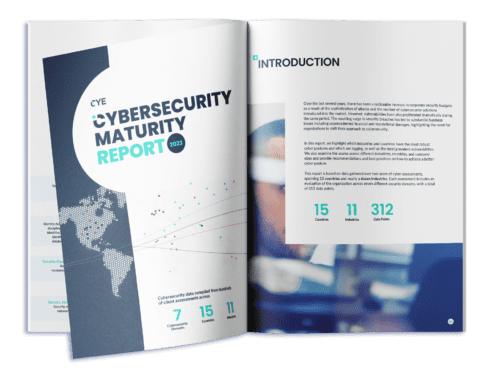The Guide to Outsmarting Hackers
Download this overview of CYE’s offensive approach to cybersecurity.
Read Now!


Predict probable attack routes by leveraging AI and data science with our SaaS platform.

Determine the potential financial consequences of cyber risk in dollars, as well as the cost of remediation.

Focus your resources on addressing the most critical threats that truly pose risk to your business assets.

Clarify and present your cyber risk in business terms to executives, security teams, and partners.

Embrace transformation and unlock your organization’s full potential with confidence.











Read the report to learn how well 11 industries and 15 countries address seven core security domains that make up a holistic cybersecurity posture.
Get the Full ReportCome meet us at RSA in San Francisco!
Schedule a meeting >>